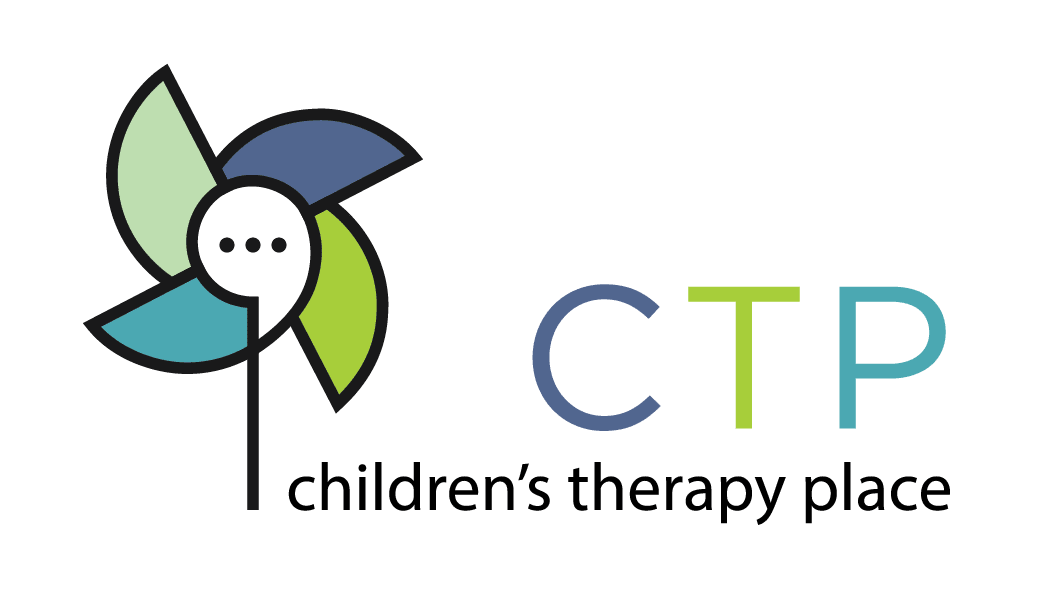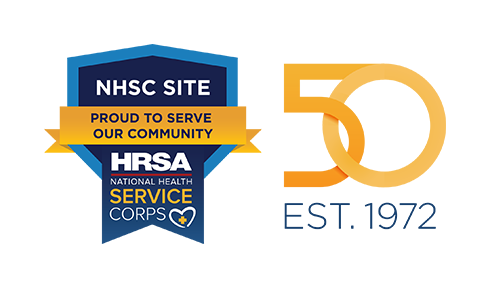OROFACIAL MYOFUNCTIONAL DISORDERS (referred to as OMD or MYO disorders)

It’s a mouthful (pun intended!), but when you break down the meaning, it is simply the study of how the muscles of the mouth and face affect all functional activities, including speaking, swallowing, dentition, facial development, and overall health. It has two major expressions – tethered oral tissues (such as a tongue or lip tie) or weak oral-facial muscles.
While the tongue is one of the biggest “influencers” of OMD, other muscles that can be tethered and/or weak include the lips, cheeks, and jaw.
For speech therapy, this translates to slurred/mumbled/distorted speech sounds, and feeding and swallowing difficulties. Some main issues that can be relatively easy to identify include improper lip and tongue posture (open mouth breathing), lack of nasal breathing, bruxism (teeth grinding), tongue protrusion (during speaking or swallowing), poor mastication (chewing) and bolus collection (how the food is collected on top of the tongue to prepare for a safe swallow), lip incompetency (failure of lips to close or to move freely during speech), and thumb/digit/object sucking. Any of these signs can have a direct impact on speech and swallowing.
In addition, tight tissue in the mouth can contribute to whole-body tightness, resulting in lack of movement or poor range of motion in the neck and shoulders and the lower extremities. This can cause possible delayed developmental milestones in feeding, gross and fine motor skills, sensory development, and walking. It can lead to digestion and constipation issues, and sensory dysregulation.
Most significantly, it is a main player in sleep-disordered breathing, affecting a whole series of developmental milestones, both academically and developmentally. You can see that to say how the tongue moves and rests inside of our mouth is a big deal is an understatement.
You may be thinking, how is this possible?
How can the tongue impact this much of the body?
Trust me, I had the same questions when I first learned of myo disorders! Let me describe this amazing phenomenon using a boat/sailing analogy. The tongue is the rudder, the part of the boat that drives the entire boat. If it moves (or more accurately doesn’t move), it can affect the jaw, which is the steering wheel for the entire spine.
If the jaw is out of alignment, it will affect spinal alignment and postural support. It does this because of deep fascia, the strong but mighty connective tissue, that begins at the level of the lingual frenula (the connective tissue that connects the bottom of the tongue to the floor of the mouth – aka, the area of “the tongue tie) and courses all the way down the spine, ultimately ending in the toes. The way the anatomy of the human body is set up, it can make so much sense why certain areas of our bodies are tight, so if an oral motor component is weak or tight, it can affect all body systems.
WHAT CAUSES MYO DISORDERS?
Mouth breathing – In mouth breathing, the tongue rests on the bottom of the mouth, resulting in weak tongue, cheek, and lip muscles. Orofacial structures are then affected (high and narrow palate, changes to the dental contour, reduced tone, facial/skeletal changes). Mouth breathing reduces the overall space for breathing, contributing to sleeping issues (including sleep-disordered breathing). It displaces the tongue forward due to limited room to allow easy breathing toward the back of the mouth, resulting in tongue thrusting and incorrect tongue resting position for optimal breathing.
– Mouth breathing can be caused by allergies (seasonal or specific allergens, food allergies or sensitivities), chronic nasal congestion, inflammation or narrowing of nasal airway space, the presence of enlarged adenoids and tonsils, or tongue ties.
Extended use of a pacifier (beyond 18-24 months), sippy cups or thumb/finger sucking – Encourages a front-to-back tongue pumping swallowing pattern rather than a more mature, forward-upward swallowing pattern. This can result in development of a high palate, open bite (when front teeth do not come together), dental arch is displaced forward and up, narrowed breathing and tongue resting
position is down at the bottom of the mouth, causing open mouth breathing and the musculature issues (discussed in the section above about mouth breathing).
Tethered oral tissues (lip or tongue ties) – Tongue ties keep the tongue pulled down/tethered toward the jaw, causing lack of tongue mobility, weakness, limited range of motion, compensations, and tension from other orofacial structures (lips, jaw, neck, etc.). This can change the entire alignment of the spine, causing postural issues including a forward head posture, and anteriorly rolled shoulders. This constant pulling on nearby structures can cause pain, strain, headaches, jaw pain or other muscular imbalances. Additionally, tethered oral tissues can change the skeletal development of the face – altering the look of the face, pulling from other tissue to compensate for lack of movement, altering dental bites, smaller jaws and misaligned teeth. Lip ties can cause tooth decay, diastema (separation between the two front incisor teeth) which persist even after orthodontic work if they are not released.
HOW TO KNOW IF YOUR CHILD HAS AN OROFACIAL MYOFUNCTIONAL DISORDER
(OMD)
If your answer is yes to any of the following, it would be highly beneficial to have your child evaluated for an orofacial myofunctional disorder:
Is your child constantly congested or frequently sick, especially recurring strep throat, respiratory infections or suffer from a cough that just continues to linger?
Does your child breathe with an open mouth either during the day or while sleeping?
Does your child appear tired, constantly exhausted, have circles under their eyes, or have difficulty sleeping?
Does your child snore, become restless or wake up in bizarre positions?
Has your child used a pacifier or sucked on his/her fingers for longer than 2 years of age?
Does your child have significant allergies, frequently get sick or have difficulty breathing?
Did your child ever struggle with breastfeeding?
Did your child ever have a tongue tie or has a health professional ever mentioned this possibility to you?
Does your child have an open bite (space between teeth when teeth are closed)?
Has your child been in traditional speech therapy with limited progress? Or any other therapy with slow progress?
Does your child’s speech sound mumbled or can be classified as “baby talk”?
Has your child had multiple cavities, caps or had more than one pair of braces?
Is your child a loud, messy breather?
If your child presents with several of these signs, it is best to pursue a full orofacial
myofunctional evaluation from someone has been fully trained in the field of Orofacial
Myology and acquire a team of professionals that understand myofunctional disorders for
the most current research in the field.

